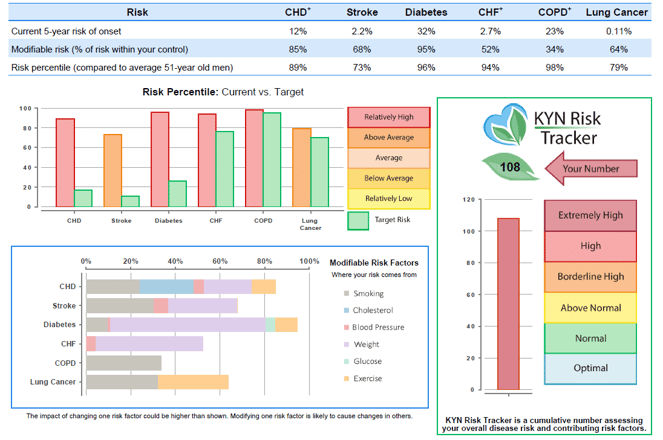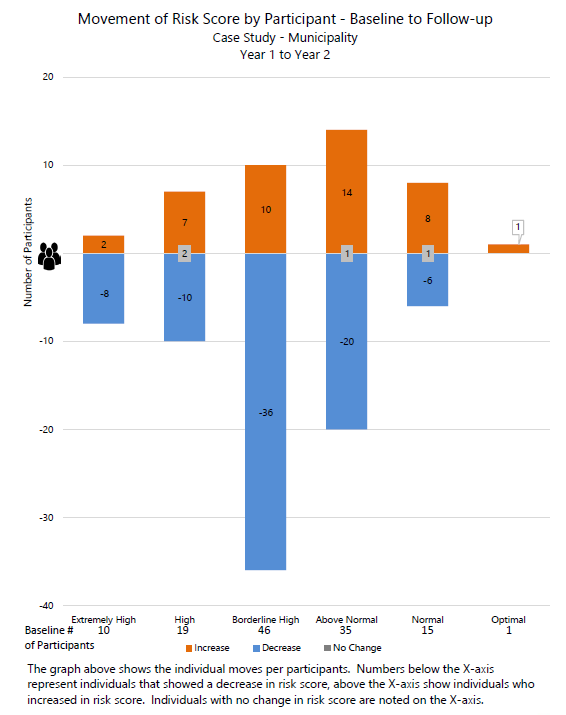3 Reasons You May Want to Re-Think Your Employee Health Screening
When it comes to improving the health of your population, annual employee health screenings can be an extremely valuable tool. Before you head down this road or put your company’s annual health screenings on “autopilot,” make sure you have these three key components.
1. Make your health screening a part of your overall business strategy.
If your business strategy involves maximizing productivity and efficiency while minimizing your operating costs, then a health and wellness strategy is critical to your vision. The first step in this direction is a company health screening, as it provides you with key information about the health risks of your population and the potential associated costs. It is also an integral part of a wellness strategy that can provide a road-map to help you determine how to positively affect the overall health and wellness of your population. Further, your employees need the tools, education, and action plan to do something about their health-not just a (potentially discouraging) set of numbers.

2. Choose a quality screening partner.
Choosing a quality screening partner who has strong industry experience and whose motivations are not tied to other business interests is key. Make sure they provide trusted professional staff, like registered nurses and licensed phlebotomists, to engage with your people. It is also important that the screening staff aren’t just well-versed in the technical aspects of a screening, but are approachable enough to serve as a resource and ensure your employees have a good experience.
Further, a quality screening partner should combine a health questionnaire and biometric screening with a comprehensive blood draw-- similar to what’s done at an annual physical. Many screening vendors only look at blood sugar and cholesterol levels, but a thorough blood screening, involving at least 20 blood indicators, will provide information on liver function, kidney function, hydration levels, etc. There are additional tests that can be offered and should be discussed prior to your company’s screening event.

3. You need actionable results for your employees and for you, the employer.
The employee health screening itself is only as good as the information gathered. Result reporting should go beyond the basics and be communicated in a relevant way to the participant. The numbers can tell a very personal story for each participant; so simply showing numbers that indicate that they have high blood pressure, cholesterol and BMI may not be very impactful by themselves. Using predictive modeling can show an employee their risk of developing chronic disease as it's compared to the national average of those with the same age and gender. In addition, this type of model is effective in educating employees on the modifiable behaviors that are driving their risk. This not only helps bring awareness to these behaviors, but it can be extremely empowering to notice the factors that are within their control.
The report below is an example of the TargetCare "Personal Health Summary" that's given to all participants.

How do you ensure your employees understand their results and what health behavior changes they need to make? A simple, yet comprehensive personal report is a good start. Ideally, each employee will sit down in a confidential setting and have a one-on-one review of their results with a health professional like a doctor or a registered nurse. This discussion will bring awareness to any apparent health risks and empower employees to take action to prevent them from coming to fruition.
Now that you know the health of your population, what does that mean for your company?
Quality aggregate reporting helps you understand both potential health risks and future costs to your company. It will also show year-over-year trends, so you can determine whether your wellness strategy is working or not. It may even provide your company with the confidence needed to consider a change from a fully-insured health insurance plan to a self-insured arrangement. Knowledge is power, and the more you know about the health of your company, the better decisions you can make as a leader.
Below is a sample taken from a TargetCare aggregate report. The graph shows the movement of risk score within each risk category from one year to the next.

In conclusion, it’s important to develop a wellness strategy that aligns with your company vision. And when employee health screenings are a part of that strategy, choose an experienced partner who can; assess the health risks of your population, deliver the data and reporting to quantify those risks, and implement solutions to address issues your company may face.
By taking the right steps and taking key factors into consideration, you can design a workplace wellness program that works for both your company and your employees. And if you need help along the way? TargetCare can help!


